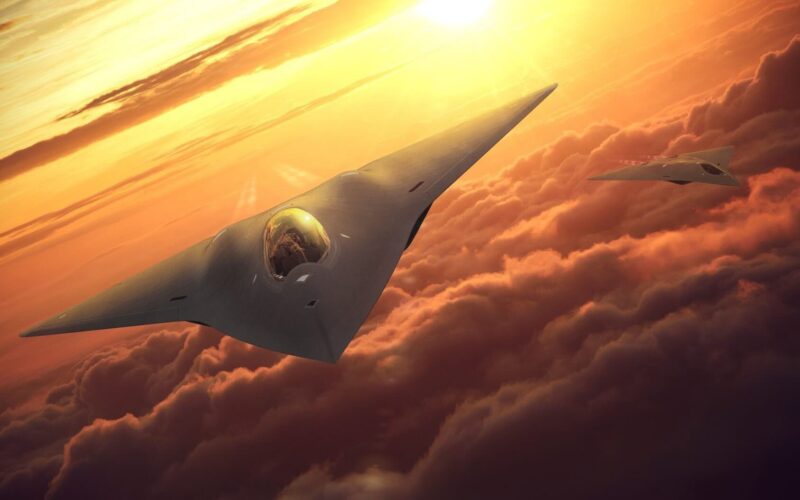Taking the aviation world by surprise, Dr. Will Roper, the Assistant Secretary of the Air Force for Acquisition, Technology and Logistics, revealed that a full-scale prototype of a next-generation fighter jet was already flown by the United States Air Force.
“We’ve already built and flown a full-scale flight demonstrator in the real world, and we broke records in doing it,” Roper told Defense News ahead of the Air Force Association’s Air, Space and Cyber Conference. “We are ready to go and build the next-generation aircraft in a way that has never happened before.” Details regarding the manufacturer, the number of prototypes, or its appearance were not disclosed.
The “Penetrating Counter Air” (PCA) 6th generation fighter jet is part of the USAF Next Generation Air Dominance (NGAD) program. It is due to replace the capacities of both the F-15 Eagle and the F-22 Raptor and would operate with “a family of capabilities that operate in and across the air, space and cyberspace domains,” according to the Air Superiority 2030 report published in 2016.
This next-generation fighter jet would need to have a long-range in order to reach faraway theaters without fixed bases, such as the Pacific. With the increased presence of Anti-Access/Area Denial (A2/AD) systems, supersonic speed and stealth would also be a must.
The prototype was reportedly tested using the new digital eSeries approach, also unveiled at the Association’s Air, Space and Cyber Conference. The innovative development process means aircraft and weapon systems will be “digitally engineered and virtually tested before ever taking physical form.” A new designation was created for the occasion. The first aircraft to receive the classification, Boeing’s latest trainer, will now be known as the eT-7 Red Hawk.
The USAF also plans to accelerate the acquisition of new aircraft with a program called the “Digital Century Series”. The approach is inspired from the Century Series Fighters that led to the development of no less than six fighter jets in less than six years in the 1950s and early 1960s: the F-100 Super Sabre, the F-101 Voodoo, the F-102 Delta Dagger, the F-104 Starfighter, the F-105 Thunderchief, and the F-106 Delta Dart, all from different manufacturers.
Each next-generation fighter jet could be developed around a unique capability using the latest technology available. For instance, one airframe would embark directed-energy weaponry while another one would focus on electronic warfare. They would then work as a “system of systems” ‒ a network capable of countering multiple types of threats.
The new method could also reduce program costs. Despite increasing the development and production costs, it would reduce the modernization and sustainment expenses throughout the service life of each aircraft.

